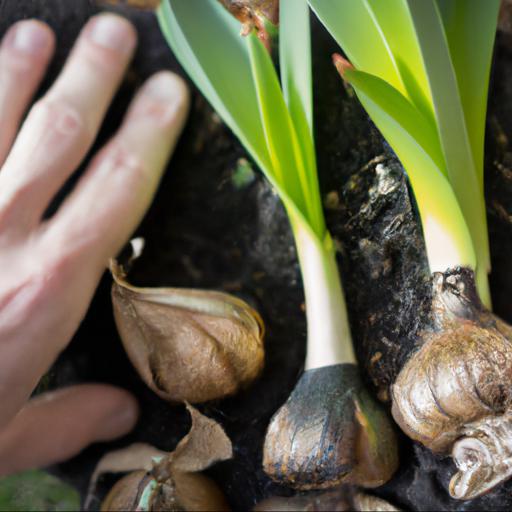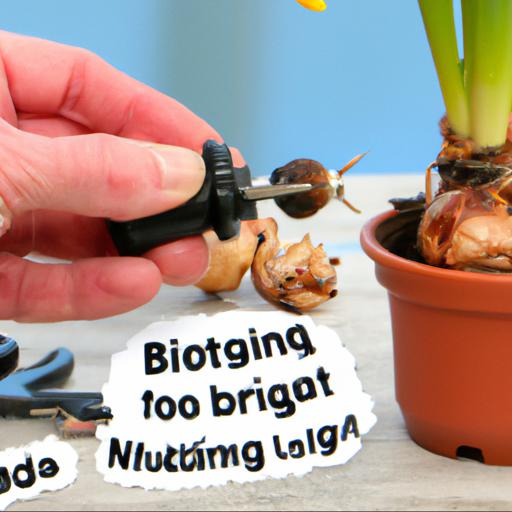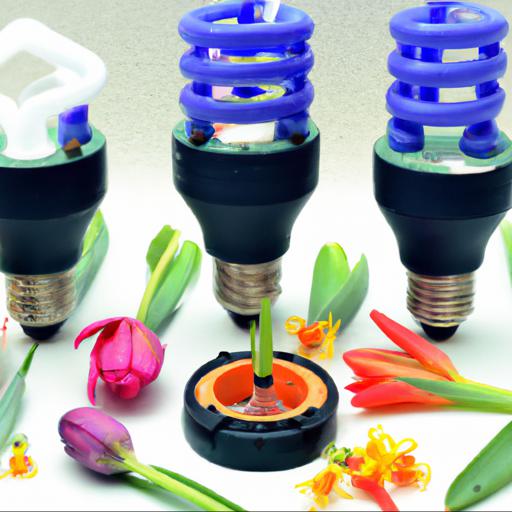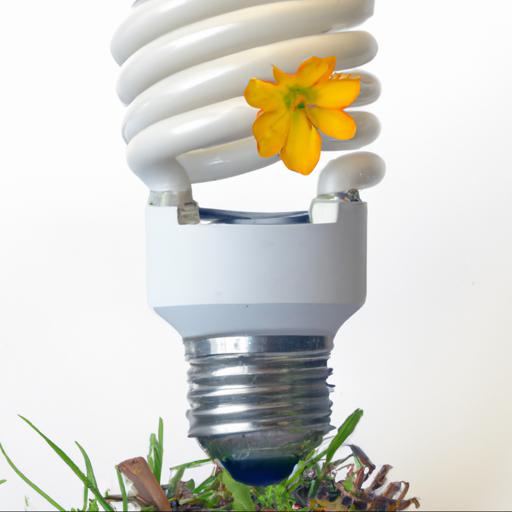Spring is here and with it comes the joy of watching beautiful flowers bloom in your garden. But with spring also comes a few common problems related to bulbs. From poor flowering to bulb rot, these issues can be a real headache.
Don’t worry, though – we’re here to help you solve your spring bulb problems! With our simple tips and tricks, you’ll be able to get your bulbs back in bloom in no time.
So don’t let pesky problems keep you from enjoying the beauty of spring. Let us help you solve your spring bulb problems today!
Common causes of spring bulb problems

As an UK garden expert, I have identified that many gardeners face common issues with spring bulbs. Whether that’s figuring out when to plant them, how to identify pests, or how to determine if the bulbs were planted too deep. Here, I’ll discuss how to troubleshoot the most common spring bulb problems.
It’s important to know when to plant spring bulbs for successful growth. Typically, plant bulbs when the soil temperature is about 10-15°C (50-59°F).
This is usually October through November in the UK. Planting bulbs too early can lead to them freezing in cold soil. Freezing can reduce the bulb’s vitality and affect its ability to sprout in spring.
Additionally, bulbs are susceptible to certain pests, like mice or voles, which can cause serious damage in a garden if left unchecked. Quick identification and treatment is essential to prevent further spread of the pests.
Finally, planting your bulbs too deep can also lead to a spring bulb failure. Bulbs should be planted about two and a half times their own depth. Planting too deep can prevent the bulb from reaching the proper level of warmth for growth.
To counteract this, mark the spot on your gardening trowel or spade that is two and a half times the bulb’s depth and be sure to use this to gauge when planting. With proper planning and knowledge, spring bulbs can be an enjoyable addition to any garden in the UK.
Being aware of when to plant, how to identify pests, and the right planting depths are all essential to helping ensure successful growth.
Tips for preventing spring bulb problems

As UK-based garden experts, it is important to heed the advice on preventing any spring bulb problems in your garden. After all, it would be a shame to have the stunning scenery and colours of spring flowers ruined due to failure to exercise proper care for your plants. One of the most important tips is to ensure your soil is of the right quality for the type of bulbs that you are planting.
It must be fertile enough, free of debris and grime, and well drained. Improper soil type can encourage the proliferation of diseases and pests, which in turn can endanger the health of your bulbs.
Maintaining the soil pH levels is also important, as the incorrect amount of acidity or alkalinity can cause bulb health to suffer. We highly recommend you to avoid over-watering, as this can lead to fungal growth, resulting in conditions detrimental to the wellbeing of your plants.
Additionally, as soon as the shoots start to emerge, be sure to leave them to dry out a little before applying water again. Applying fertilisers and other chemicals to your soil should be done cautiously, as too much can damage your bulbs. This is as true for organic fertilizers as it is for synthetic ones.
Above all, it is important to ensure that you plant your bulbs at the recommended depth, as any deviations could cause issues with their development. To ensure proper safety and wellbeing for your bulbs, make sure you are exact whenever you are planting bulbs. Follow these tips and you’ll have little need to worry about spring bulb problems in your garden.
Solutions for common spring bulb problems

Spring bulbs are one of the most rewarding investments a gardener can make yet they can sometimes be tricky to maintain and protect from potential problems. As a UK garden expert, I’m here to provide you with top solutions to common spring bulb problems, so you can enjoy the blooms of your hard work for years to come. One of the most common spring bulb problems is bulb rot.
This is generally caused by too much water and not enough drainage from your soil or container. To fix this problem aim to provide your plant with moist soil, but make sure to avoid overwatering as this can cause the bulbs to rot.
To ensure adequate drainage, you can use a combination of sand and compost and make sure to use a pot or planter that has drainage holes. Pests such as aphids or caterpillars are also common problems for spring bulbs.
To protect your bulbs from aphids, you can use a mild insecticide. As for caterpillars, picking them off manually and surrounding the area with strong-smelling plants such as garlic or onions is a surefire way to keep them away. Lastly, spring bulbs can be prone to fungi and mould, especially during the spring months.
To prevent this issue it is best to keep your bulbs dry and well-ventilated. Allowing the foliage to dry out between waterings and not overcrowding your plants can help with this issue.
You should also avoid planting too deeply as this can cause moisture to be retained in the bulb itself, leading to fungal growth. With these simple solutions, you can protect your spring bulbs from common issues and enjoy their bright blooms for years to come.
Bottom Line
This article provides helpful advice to solve common spring bulb problems. From planting techniques to tips on how to prevent pests and diseases, readers will learn how to successfully grow spring bulbs and get the most out of their garden.
With these tips, readers can enjoy a beautiful, vibrant display of spring blooms for years to come.
FAQ
What are the most common problems with spring bulbs?
The most common problems with spring bulbs are poor drainage, inadequate sunlight, and pests such as voles, deer, and moles.
How can I prevent spring bulbs from rotting?
To prevent spring bulbs from rotting, make sure to plant them in well-draining soil and water them regularly. Additionally, ensure that the bulbs are planted at the right depth and in a location that gets plenty of sunlight.
What is the best way to store spring bulbs?
The best way to store spring bulbs is to keep them in a cool, dry place with temperatures between 35-45°F. They should be stored in a paper bag or cardboard box with some peat moss or sawdust to keep them from drying out.
How can I tell if my spring bulbs are diseased?
To tell if your spring bulbs are diseased, look for signs of wilting, discoloration, or mold on the leaves or bulbs. Additionally, check for any signs of pests, such as aphids or other insects, which can indicate a disease. If you notice any of these signs, it is best to remove the affected bulbs and dispose of them to prevent the spread of the disease.
How can I encourage my spring bulbs to bloom?
To encourage your spring bulbs to bloom, make sure they are planted in a sunny spot with well-draining soil, water regularly, and fertilize with a balanced fertilizer.
What are the best methods for controlling pests on spring bulbs?
The best methods for controlling pests on spring bulbs include using insecticidal soaps, neem oil, and horticultural oils. Additionally, keeping the area around the bulbs free of debris, removing affected bulbs, and using row covers can also help to reduce pest populations.

